
Walking in the Footsteps of Samurai
A Nakasendō Trail Itinerary
For centuries, the Nakasendō ("Central Mountain Road") connected Kyoto and Edo (modern-day Tokyo), serving as one of the five great highways of the Edo period. Unlike the coastal Tōkaidō route, the Nakasendō wound through the mountains, forests, and valleys of central Japan, dotted with 69 post towns where weary travelers — from merchants to daimyo and their samurai retainers — could rest.
Today, walking the Nakasendō offers not just a hike through Japan’s scenic countryside, but also a journey back in time. Imagine yourself as a samurai on duty, traveling between castle towns, staying in humble inns, and passing through misty forests that whisper with history.
This weeklong itinerary invites you to live like a samurai on the road — blending walking, cultural encounters, and immersive experiences.
Day 1: Arrival in Kyoto – The Capital of Tradition
- Start in Kyoto, the old imperial capital where many samurai once came to serve their lords.
- Visit Nijo Castle, the residence of the Tokugawa shoguns, with its “nightingale floors” that once protected against ninja intruders.
- Dinner at a traditional izakaya, sampling dishes like yakitori and sake that fueled Edo-period travelers.
- Overnight in a machiya townhouse or ryokan for an authentic atmosphere.
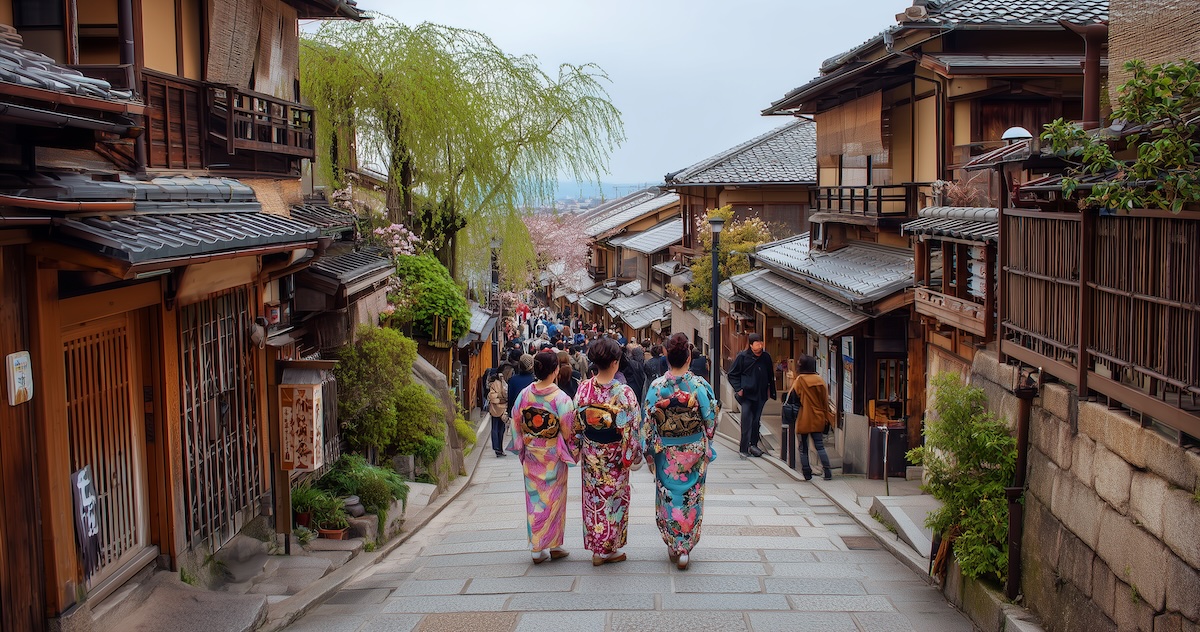
Day 2: Kyoto to Magome – Entering the Nakasendō
- Travel by train to Nakatsugawa, then bus to Magome, one of the best-preserved post towns on the trail.
- Stroll Magome’s stone-paved streets, lined with wooden inns and waterwheels — unchanged since the 17th century.
- Evening stay in a ryokan, where you’ll sleep on tatami mats and dine on kaiseki-style meals just as traveling samurai once did.
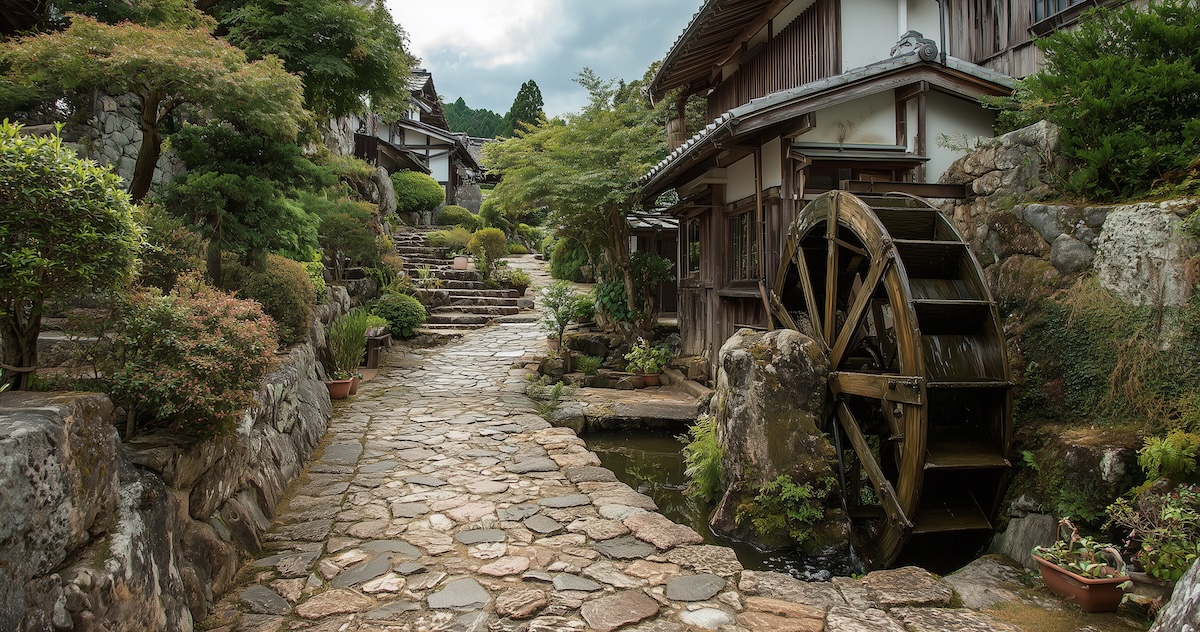
Day 3: Magome to Tsumago – Walking the Samurai Road
- Walk the classic 8km stretch from Magome to Tsumago, one of the most scenic and atmospheric sections of the trail.
- Along the way, pass through cedar forests, tea houses, and old checkpoints. Imagine a time when samurai patrols monitored these very roads.
- Arrive in Tsumago, another immaculately preserved post town, where no power lines break the Edo-period illusion.
- Stay in a minshuku (family-run inn) — a humble experience, much like a samurai retainer would have had.
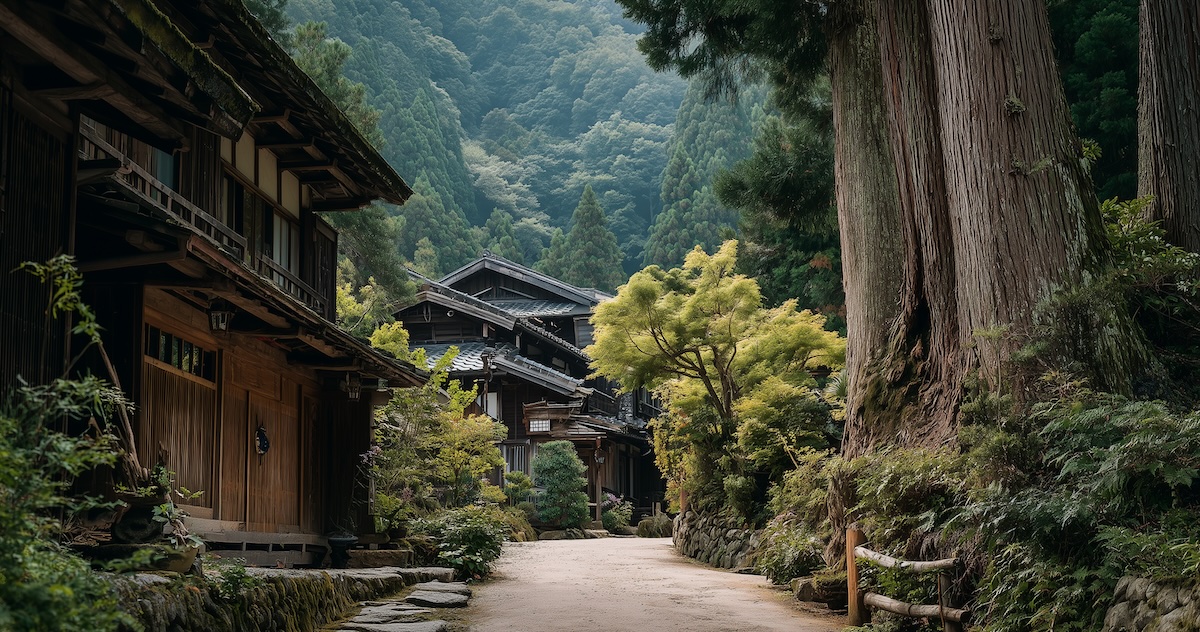
Day 4: Samurai Skills in Kiso Valley
- Stay in the Kiso Valley area for a cultural day.
- Participate in a samurai sword experience or archery session at a local cultural center.
- Learn about bushidō (the way of the warrior) and how it shaped Japanese history.
- Evening bath in an onsen — essential rest for a warrior’s body.

Day 5: Narai-juku – The Thousand Inns Town
- Travel north along the Nakasendō to Narai-juku, known as the “town of a thousand inns.”
- Explore its long, unbroken stretch of Edo-period houses and the Kiso Ohashi Bridge, a stunning wooden bridge with no nails.
- Visit local craftspeople making lacquerware, a luxury item often owned by samurai families.
- Overnight in Narai, enjoying a slower pace and candlelit streets at night.
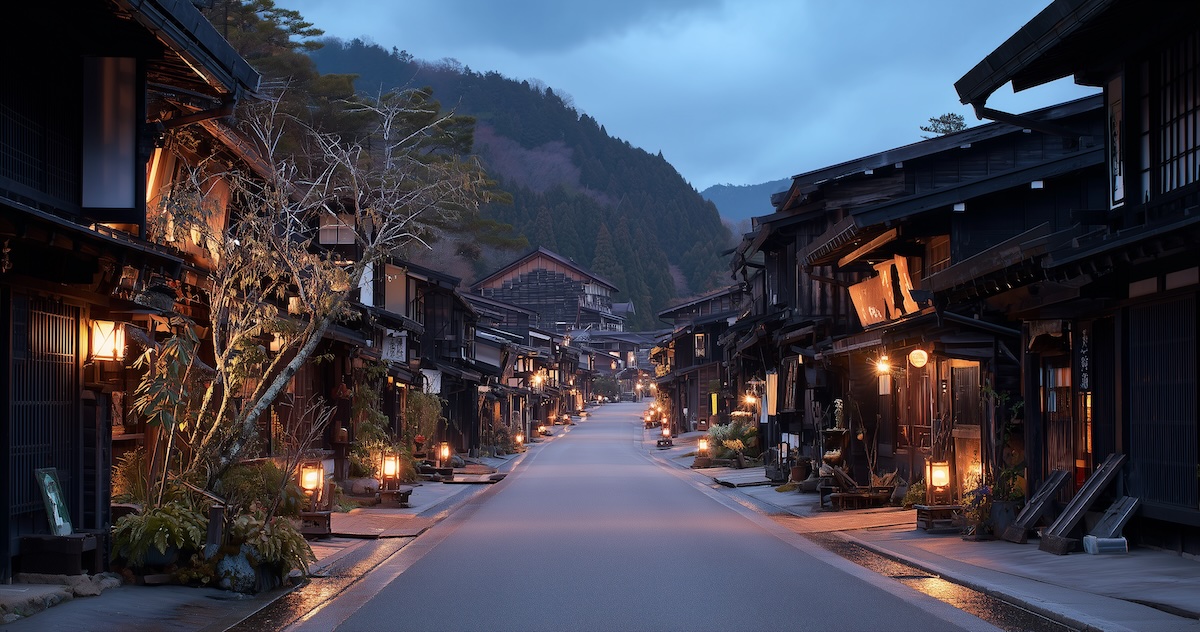
Day 6: Castle Town of Matsumoto
- Continue to Matsumoto, home to one of Japan’s most beautiful original castles.
- Explore Matsumoto Castle, also known as the “Crow Castle” for its striking black exterior — once a stronghold of powerful samurai clans.
- Wander Nakamachi Street with its Edo-era merchant warehouses.
- Stay in a modern ryokan with hot springs, mixing samurai history with modern comforts.

Day 7: Return to Tokyo – The Shogun’s City
- Travel to Tokyo (formerly Edo), the city where samurai lords once gathered under the Tokugawa shogunate.
- Visit Edo-Tokyo Museum or Samurai Museum in Shinjuku for a deep dive into samurai armor, swords, and daily life.
- End your journey with dinner in Asakusa, near Senso-ji Temple, where travelers along the old highways often stopped to pray.
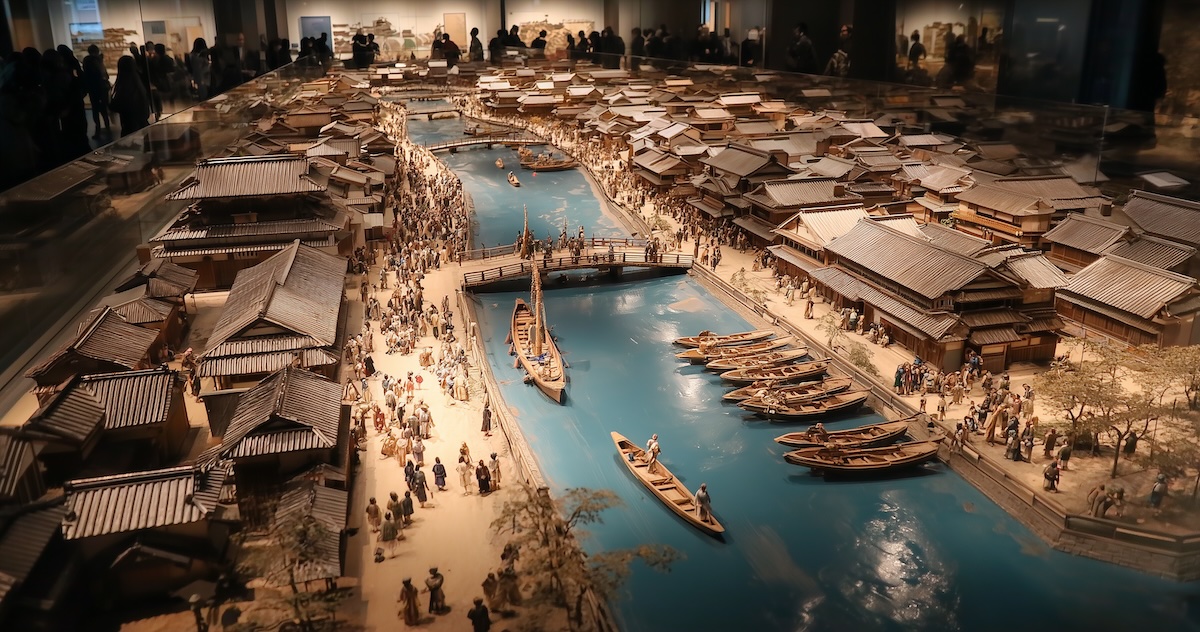
💌Want This Itinerary as a PDF?
Get your personalised Nakasendō-themed Japan itinerary delivered to your inbox — with:
- Trail segments and transport connections
- Ryokan/minshuku suggestions and onsen options
- Cultural stops, museums, and castle highlights
So tighten your sandals, steady your resolve, and step onto the samurai road.
